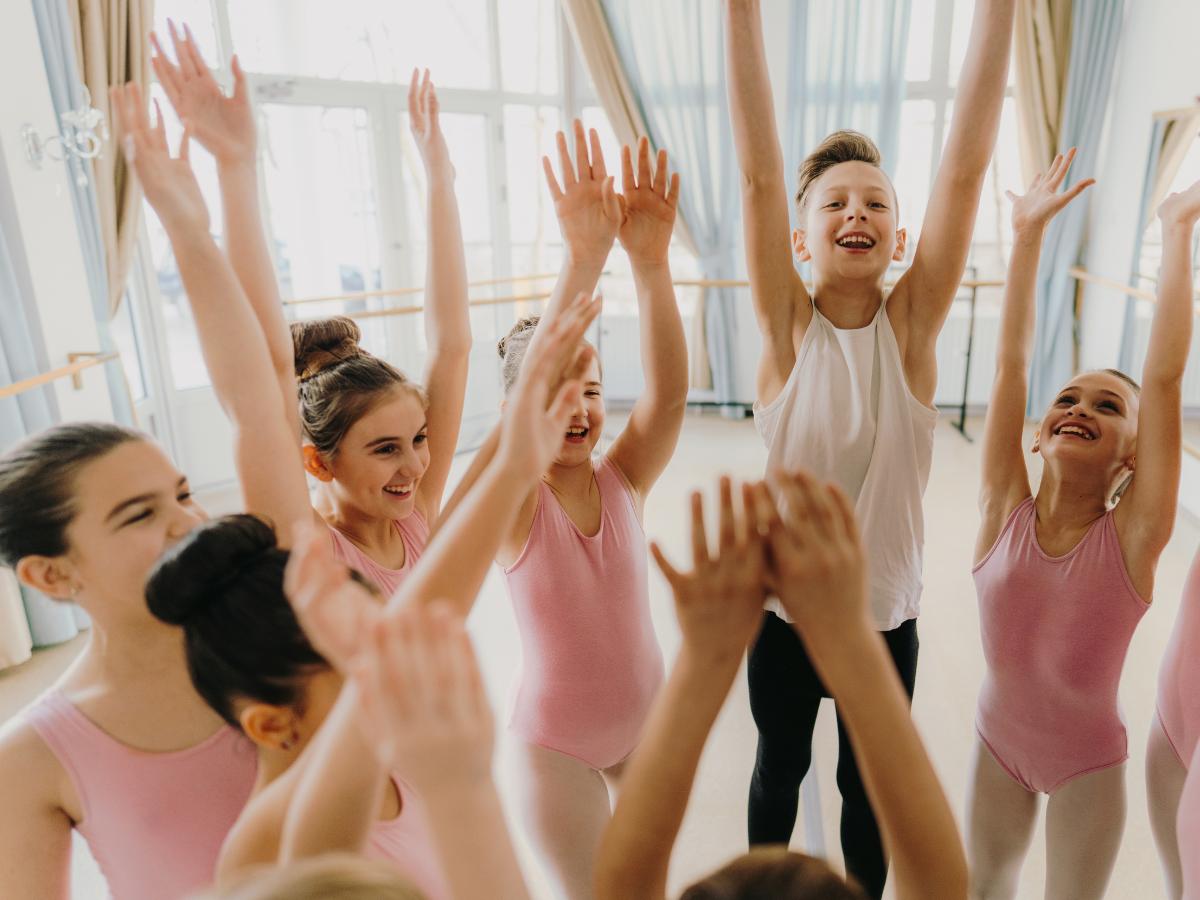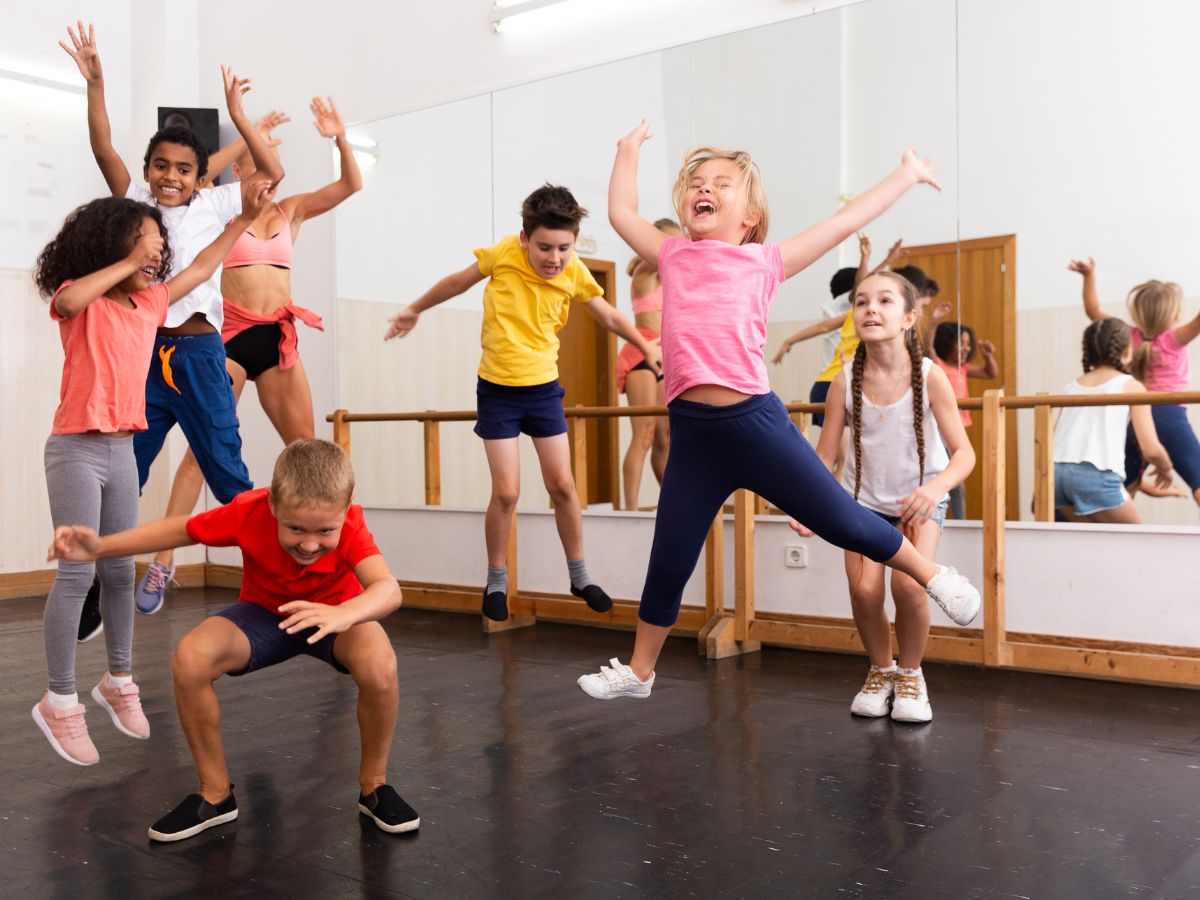Lots of students, parents, instructors and studio owners are on the fence about dance competitions. They don’t feel either side has benefits that outweigh the other.
But there are those who are firm proponents of dance competitions and those who are just as firmly against.
Let’s look at what each side has to say. Our point isn’t to “advise” which is best but to provide information so that those who are struggling with what it all means can potentially decide which path is the best fit for reaching their teaching or dance goals.
| The Pros | The Cons |
| The stage provides a place to demonstrate a strong desire and passion for dance. | Competitions distract students from learning technique with rote memorization of routines. |
| Dancers stay connected to peers and network within the dance industry. | Competition dance causes more injuries in students. |
| Offers excitement of competition and opportunity to learn how to be a graceful winner (and loser). | The art of dance focuses on excellence in performance instead of chasing trophies in competitions. |
| Teaches students how to be team members and support teammates. | Competitions require a commitment of time and financial resources for studios, parents and students. |
| Offer a way to ensure continuous improvement and “next level advancements” in studios. | Competitions don’t give dancers best potential for being attractive to adjudicators. |
There are those who totally represent the Pro side who love the excitement it generates in their facilities and the impressive statement the trophies make when new or exploring parents walk through the studio door – or even just pass by and see the trophies in the window. And there are those who are the perfect illustrations of the Con side and believe that competitions are just distractions from learning the techniques that truly matter to the serious dancer. Some of the folks on the Con side may have been heavily involved in competitions in earlier years and found the grueling schedules and somewhat tainted judging processes offensive – hence their positions on competitions today.
And then there are the fence-riders. I don’t mean that in a derogatory way. I just mean that they can’t take one side or the other because they agree with some of the points that both sides make. Some have even stepped away from talent competitions and only re-entered the competition world when their students could participate in conferences where classes are offered with some of the best teachers in the industry.
Because some owners see the benefit of offering both, they provide competition dance as well as traditional techniques-focused dance. This works out fine if the studio has the resources to do both well because it allows students who may want to switch sides to stay with your studio.
Choice is what makes the world go ‘round. Regardless of which “side” your beliefs align with, you can probably agree that each has its place since students in dance have different goals for their dance futures. “Choice of studio” should align with those goals and the type of commitment the student and family want to make. Students focused on honing their technique and becoming a better dancer with aspirations of making a professional dance company, should lean toward the studio that focuses on technique. Those who are extremely competitive and feed off the thrill of winning would probably be happier in a competitive studio. The rub comes when goals don’t match up with the type of studios students and their families chose.
Parents admit seeing competitions drive studios into putting intense-to-harmful pressure on students to win and believe that this can taint a student’s love for dance and injure their self-confidence. There are dangers of being in it just for the trophy, so it’s important for studios who want to compete to do so without getting caught up in this aspect of it.
I hope this isn’t information overload. It’s important to see “opposite” positions and consider how they do or do not affect your studio.






